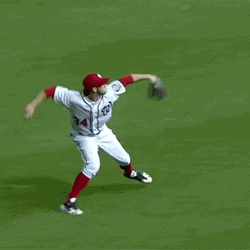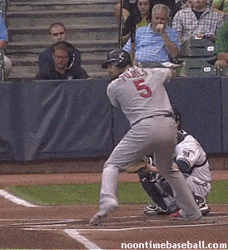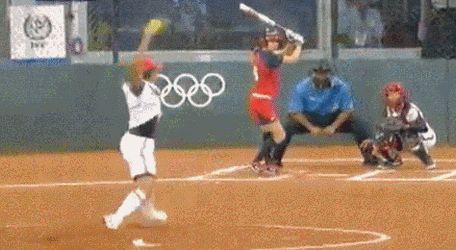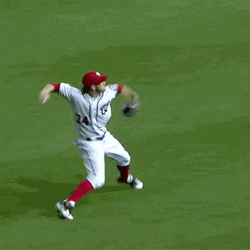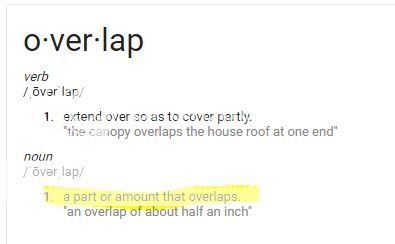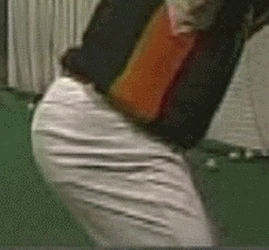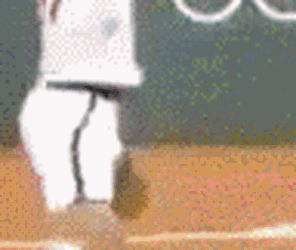So, then the question is - can we teach players how to use their core? Or at least train in a way to build core stability and dare I say strength? So, that when we ask them to perform a ballistic movement such as throwing or swinging - their core will activate subconsciously?
The thing that interests me the most about using the hyperarch mechanic in the feet is that when you correct the linkage to the glutes, the glute response becomes automatic. For some people, the glutes work automatically when they drive. For others the glutes do not respond when they drive.
The sooner this point is conceded, the sooner we can develop evaluation criteria to divide athletes into subgroups:
1. Those who require HA training
2. Those who would only marginally benefit from HA training
2. Those who would only marginally benefit from HA training
I am absolutely certain that there are many, many kids who have dormant glutes. Right now we teach ALL the kids side-by-side as if they are on equal playing fields, but the truth is that kids from group 1 will never run or pitch correctly without getting to the root cause of why their glutes are not functioning correctly.
The CT (core torque) is the timing in hitting. Pitching the timing is consistent - hitting it has to something that can adjust. There is nothing faster than a CT.
This image is of Pavel Tsatsouline geared up with sensors to measure core activity. It's possible to create two pulses to create powerful movement. Read up on Dr Stuart McGill as well. So maybe there is pulse of the core to start the drive out and another at or near the top of the circle to get the hip snap...
I am not dissenting from the idea that the core engages. What I ask you to consider is could core activation be an automated response just as it is for the glutes?
My assertion is that with respect to throwing, running, pitching, etc glute activation should be a "no teach". Could it be that core torque should also be a "no teach"? I argue that it was likely a no-teach for most elite athletes, or they would espouse it when they discuss mechanics. People have been using their core correctly for thousands of years, why in 2017 are we having to tell kids to use it? I contend that the HA mechanism might the key to fixing the glute and the core responses.



